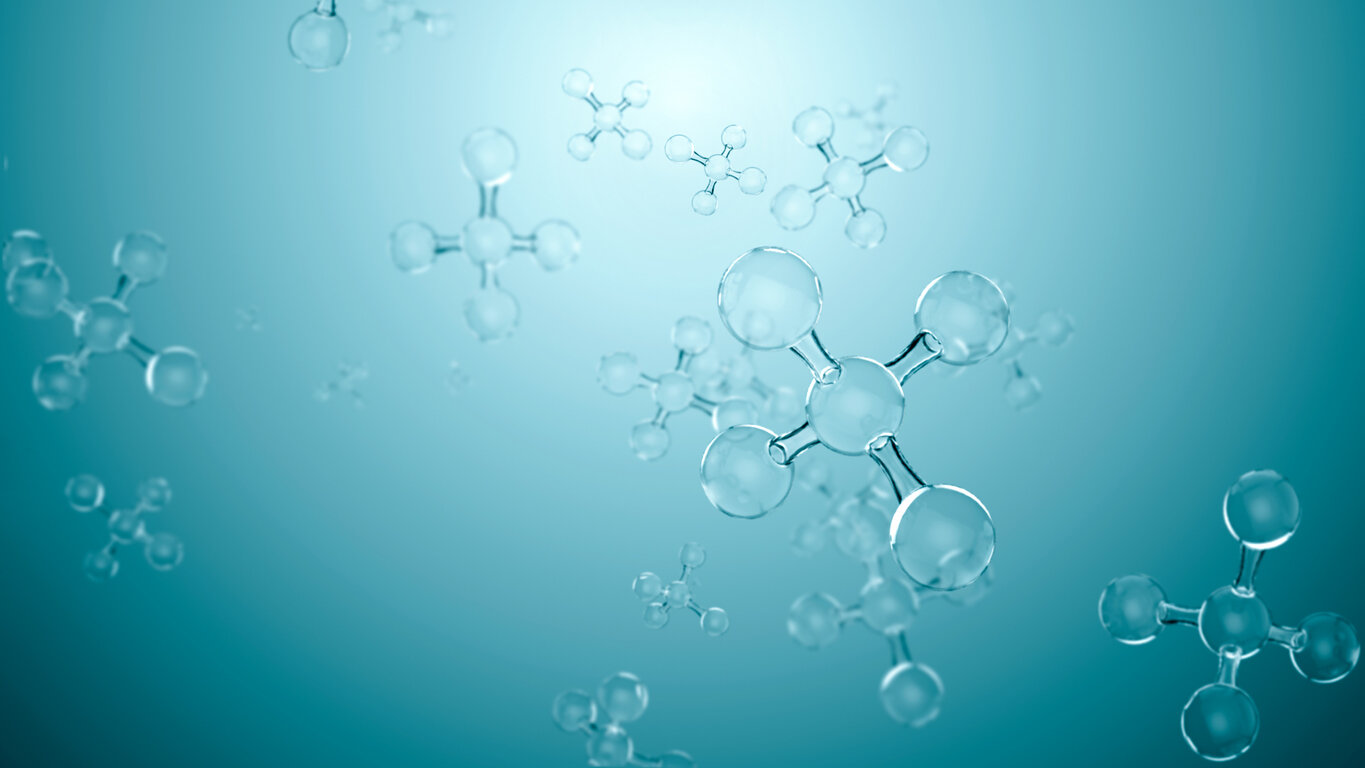
Interesting Facts About Hydrogen & Oxygen
Hydrogen and Oxygen are necessary to NPK uptake. N = Nitrogen, P = Phosphorus, and K = Potassium. All three are the main components of fertilizer. Adding H2 and O2 to the soil would seem to be the reason significantly increased growth and better overall health of plants is noticed after a thunderstorm, where lightning brings increased levels of nitrogen, oxygen and hydrogen to the soil.
While our atmosphere is 78% nitrogen, it’s in a form plants can’t use. Instead, plants rely on microbes that produce nitrogenase, an enzyme that takes nitrogen from fertilizer or the atmosphere and converts it to ammonia, which is a nutrient plant can take up through the roots and turn into protein. Hydrogen is a necessary component to this process – the reduction of nitrogen (N2) to ammonia (NH3) .
“Nitrogenases are enzymes that are produced by certain bacteria, such as cyanobacteria (blue-green algae). These enzymes are responsible for the reduction of nitrogen (N2) to ammonia (NH3). Nitrogenase is an enzyme responsible for catalyzing nitrogen fixation, which is the reduction of nitrogen (N2) to ammonia (NH3). The process is coupled to the hydrolysis of 16 equivalents of ATP and is accompanied by the co-formation of one molecule of H2.
Phosphorus is taken up mostly as the primary orthophosphate ion (H2PO4-). As shown in the chemical equation, hydrogen and oxygen are a part of the necessary conversion of phosphorous to orthophosphate, which is how the plant uptakes P.
“High-affinity K+ uptake from micromolar external K+ levels is coupled to H+ transport…”
Sulfur utilizes Oxygen for reduction to Sulfates
Most, if not all of the 17 essential elements plants need to grow either need oxygen or hydrogen for uptake.

More Interesting Facts About Hydrogen
Do you know how many hydrogen molecules in one gallon of water? The answer may surprise you.
